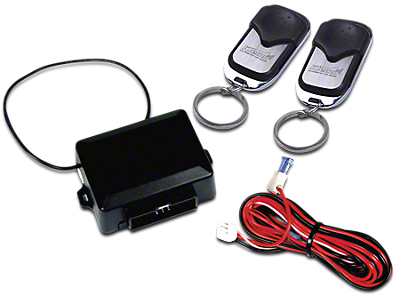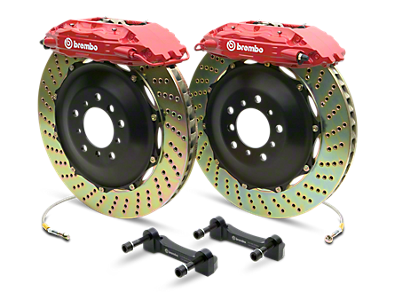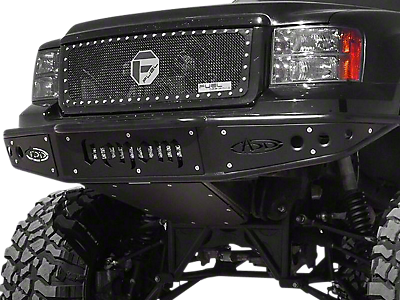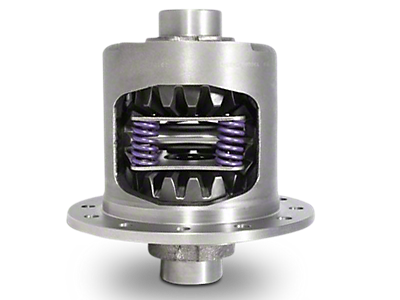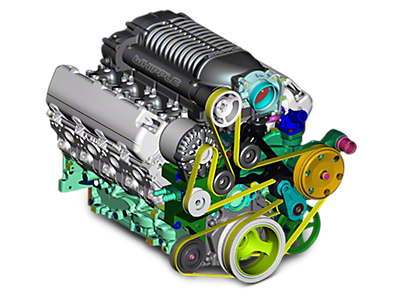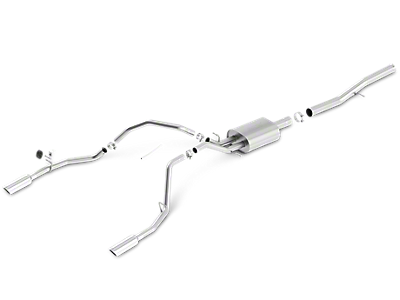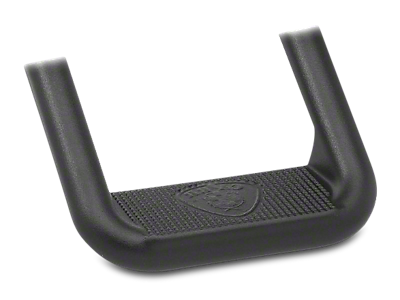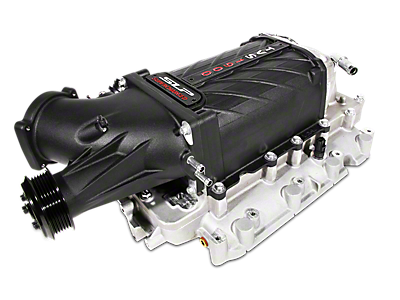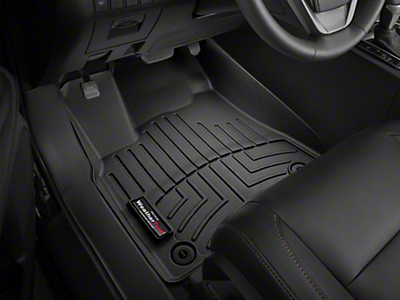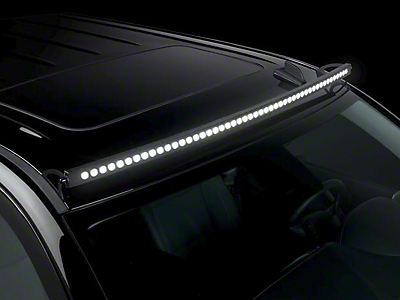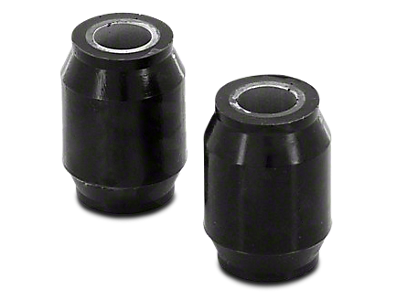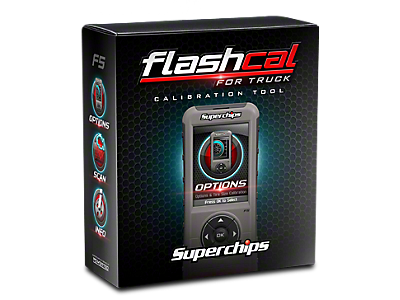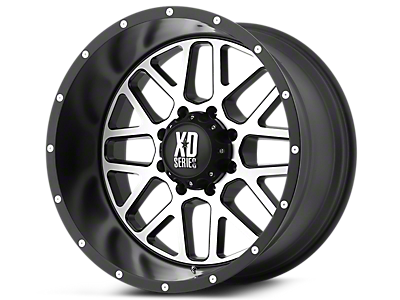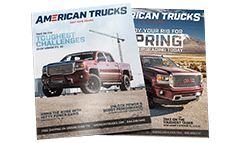2012 GMC Sierra 1500
The 2012 GMC Sierra 1500 truck lineup comes packed with choices for cab, drive train and trim configuration. Work, SL, SLE, SLT and Denali trim levels are available, with each progressive level getting more standard features than the previous. With the Work truck as the 2012 Sierra base model, it is equipped with RWD, a 4.3L pushrod V6 and a 4-speed automatic transmission. It can be upgraded to the 4.8L V8, however those wanting the 5.3L Vortec must start at least with an SLE optioned truck. A high powered 6.2L V8 is standard issue on Denali models and can be optioned for SLT as well. In their current form, the 4.3L makes 195 horsepower, the 4.8L 302 hp, the 5.3L at 315 hp and the bigger 6.2L at 402 hp. All trucks are rear-wheel drive as standard, apart from the Denali, which is all-wheel drive. FOur-wheel drive can be optioned on the other trim levels, with a manual floor shift transfer case for Work and SL trucks and the rest getting Autotrac, an electronically actuated four-wheel drive system that activates upon detection of wheel slip.
Better Payload Handling
If you find the rear of your 2012 Sierra 1500 is sagging under load , installing an additional leaf spring can help solve this issue. Helper springs are smaller, specially fitted springs added to the OEM spring pack in order to increase the spring weight, meaning it takes more weight to compress the leaf pack. While this isn't intended to increase payload above what the truck is rated for (as payload is also largely calculated based on axle rating), it will help reduce sag when hauling near max capacity (a 2012 Sierra 1500 can have a max payload of 2280 lbs, depending on configuration). In addition, depending on how the helper springs are formed, they can also be used to raise the rear of the truck, netting additional ground clearance in the process. Lift springs can range anywhere from a minor 1-1.5" all the way to 5".
Renewed Control Arms
Bad control arm bushings can exhibit some of the following symptoms:
- Vibration through the steering wheel
- Clunking when going over a bump or through a turn
- Uneven tire wear
If your 2012 Sierra 1500 is experiencing some of these symptoms, there is a good chance the front control arm bushings are worn out. Connecting the wheel assembly to the frame, the front control arms carry the weight of the truck and use the integrated rubber bushings to provide dampening from road harshness and bumps. A visual inspection can often spot worn bushings, as a worn bushing usually has telltale signs of deterioration, cracks and rips. New control arm bushings can restore tightness to the front suspension and get rid of the clunking noises when riding over bumps. The main difference between the aftermarket control arm bushings available for 2012 Sierra 1500 trucks and the OEM bushings is material. Aftermarket bushings favor polyurethane construction, which is a firmer and higher performing material compared to the rubber that Chevrolet uses. This means the bushings deflect less under normal operation, thereby creating a firmer and tighter feel to the steering and suspension system. In terms of installation, it can be a little tricky getting the old bushing out (they are often stuck), but with sufficient motivation and a couple hours in the driveway, installing new polyurethane control arm bushings can be done at home.

